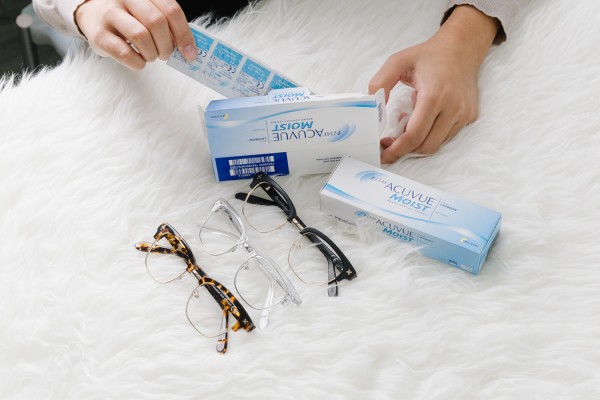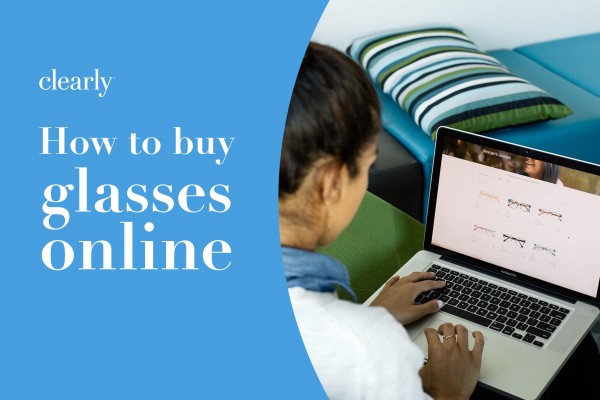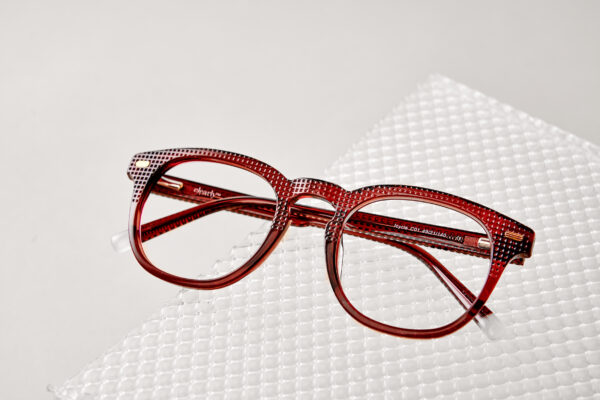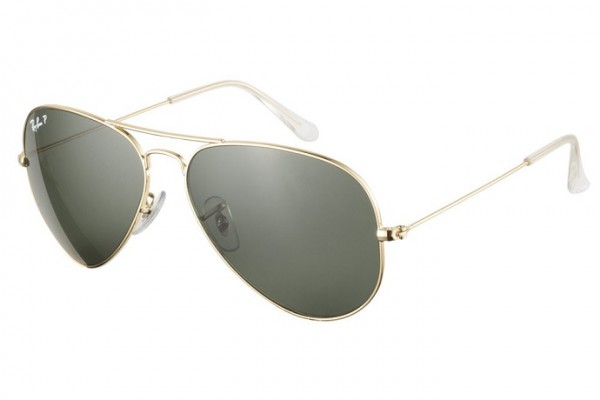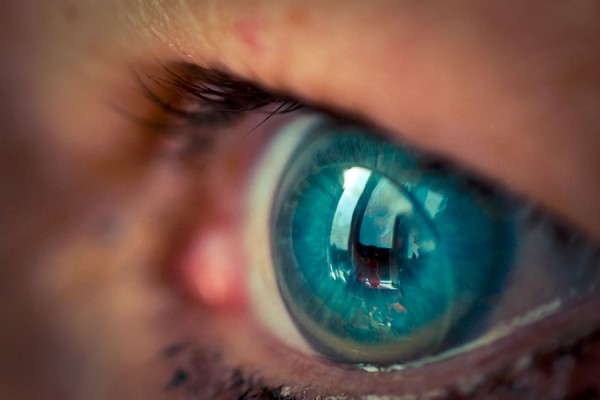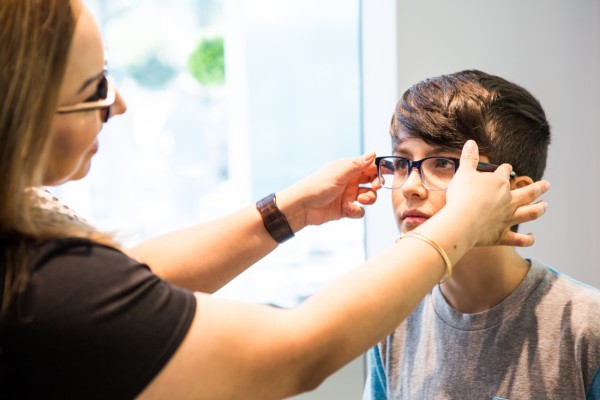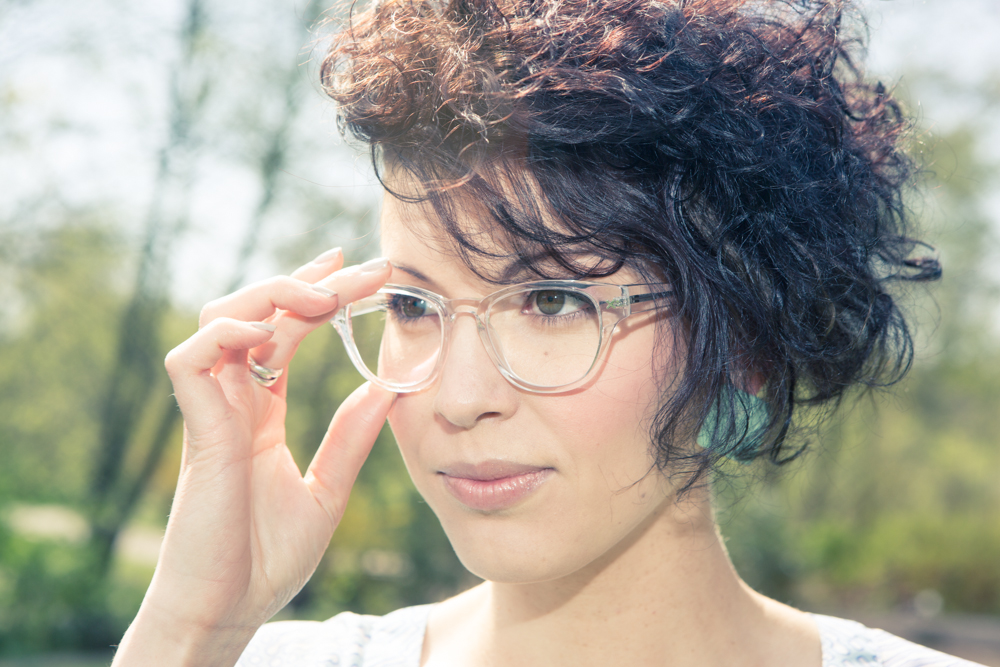Everyone experiences presbyopia while they age, even those who have previously had perfect eyesight and didn’t need prescription glasses.
Typically, you’ll begin to notice it after age 40. You may already wear glasses for nearsightedness (myopia), farsightedness (hyperopia), or astigmatism. But after you enter your 40s, you notice your vision gets blurry when looking at things up close. And if you have myopia and astigmatism, you may even find it easier to read without your current glasses.
So, what’s going on?
Presbyopia – meaning objects up close look blurry for middle-aged and older adults because the lens inside your eye loses ability to change its shape to adjust focus for different distances.
In this blog, we’ll tell you everything you need to know about presbyopia and how to improve your vision, so you’ll know what to do when your sight changes.
- What is presbyopia?
- What causes presbyopia
- Treatments for presbyopia
- Glasses and contact lenses for presbyopia
What is presbyopia?
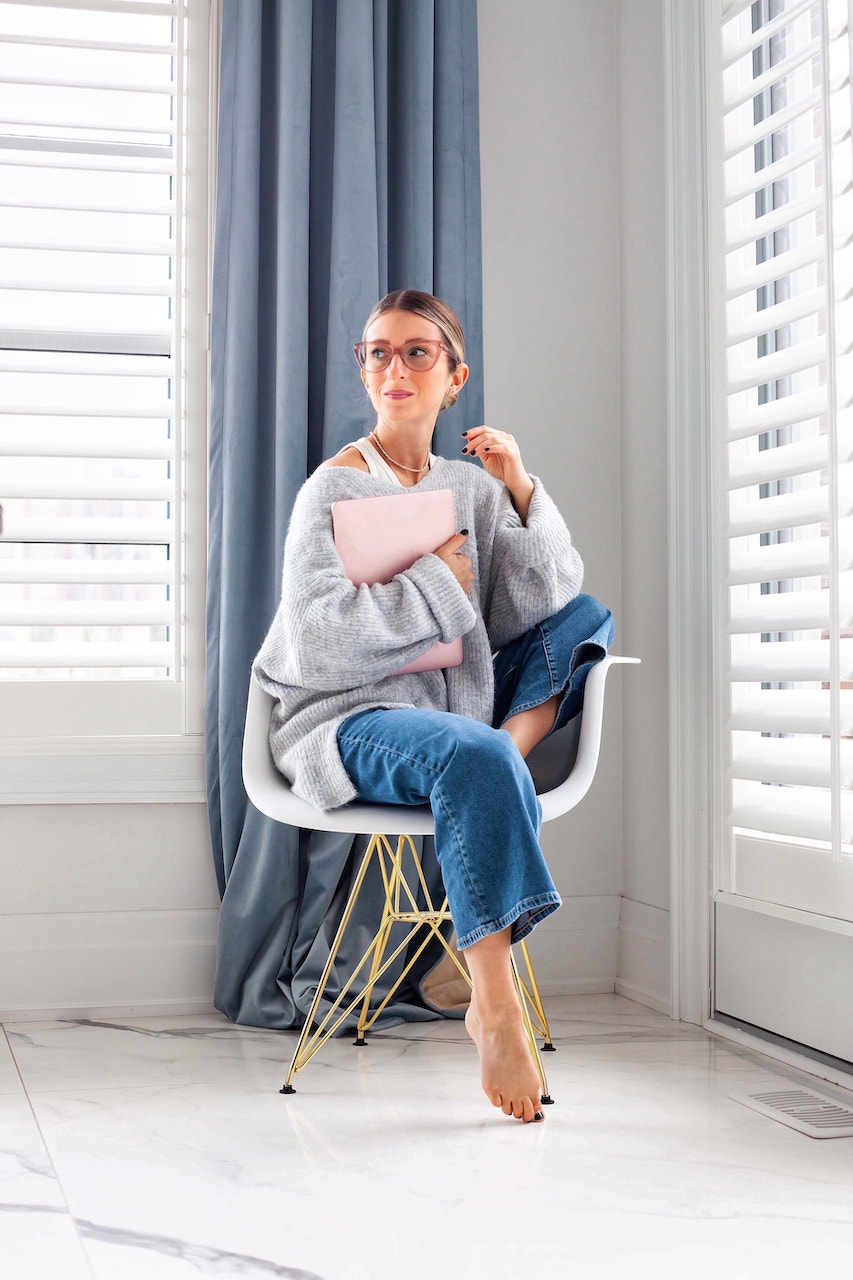
@themintedmama
Presbyopia is a natural part of ageing and can start in your early 40s when your near vision is gradually declining until it stops at about age 60.
It affects your vision within a normal reading distance and makes it more difficult to see things up close, such as text on your computer and mobile devices, sewing thread in the needle, and print on nutrition labels or packaging.
If you’re around age 40, you may notice these symptoms of presbyopia:
- You start squinting to focus on nearby things (reading materials especially!)
- The letters on your book or cellphone look clearer when you hold it further away
- You struggle to read in dim light
- You have headaches or eyestrain after spending a long time reading or using your near vision
- Your distant vision remains unchanged, but your near vision is getting blurry
What causes presbyopia
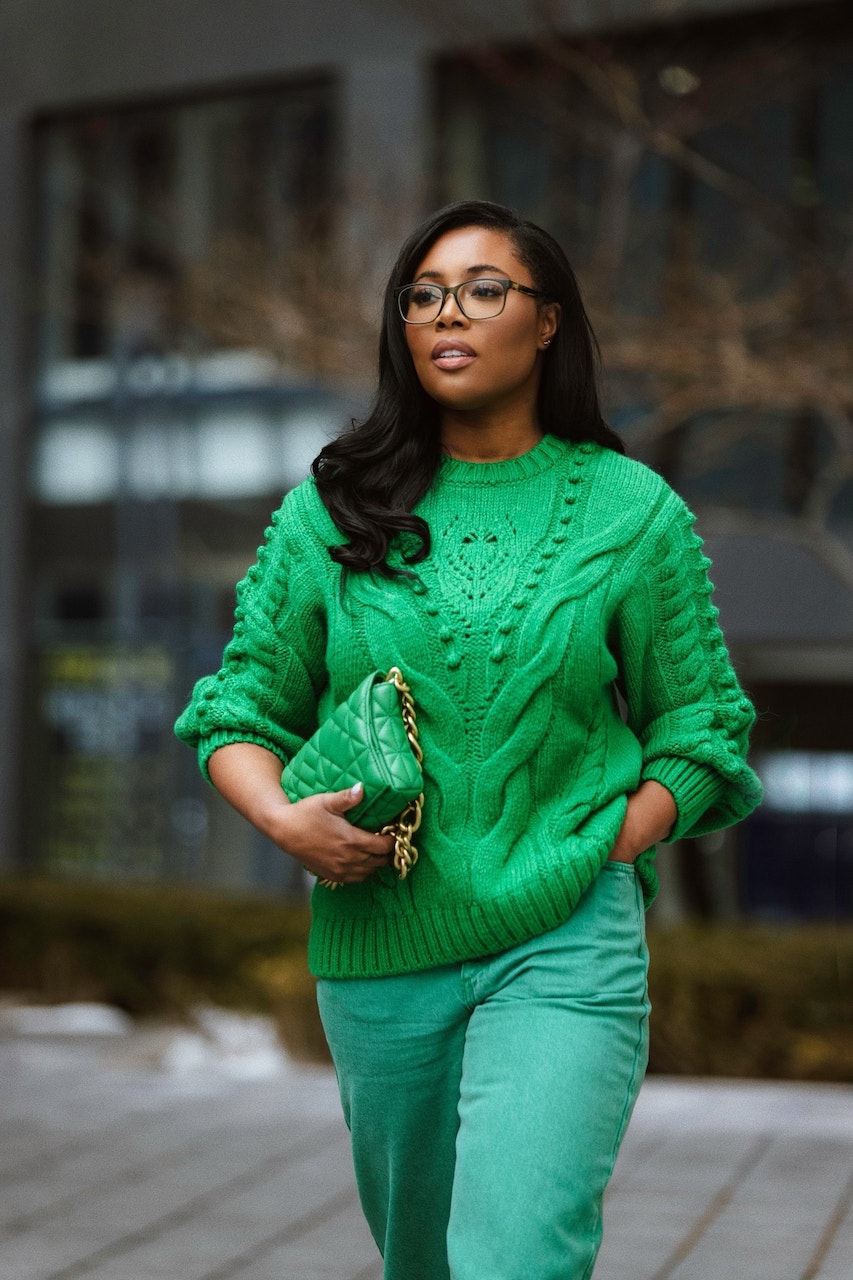
@iamkokocherelle
Presbyopia occurs when the lens inside your eye loses elasticity, which impacts its ability modify its shape to focus on things that are at different distances. As the lens stiffens with age, it becomes less flexible to change shape to focus on nearby objects, causing these objects to look blurry.
If you think you may have presbyopia, it’s best to book an eye exam with your local optometrist to confirm. Based on your needs, they’ll write you a prescription for glasses or contact lenses to correct your vision.
If you have workplace benefits, such as vision insurance, your benefits can significantly cover the cost of an eye exam and prescription eyewear.
Treatments for presbyopia
Presbyopia can’t be prevented, but there are many ways to correct your vision:
- Bifocal, trifocal, or progressive glasses
- Reading glasses
- Multifocal contact lenses
- Refractive surgery
Bifocal, trifocal, or progressive glasses

@sharifasamora
Most people wear glasses to correct presbyopia. If you already wear glasses (for nearsightedness, farsightedness, or astigmatism), you can talk to your eye doctor to determine what your visual needs are.
Since our eyes and vision tend to change over time with age, you may need a few pairs of glasses for different distances:
- One pair for activities that mostly use near vision (reading, drawing, and sewing)
- One pair for activities that require distance vision (walking, skiing, and golfing)
- One pair for activities that require intermediate vision (reading a computer screen)
If you like to multitask, multifocal lenses have more than one prescription in one lens:
- Progressives help you see clearly at all distances (near, intermediate, and far) within one lens, so you can get all the vision correction you need in a pair without any visible line. If your eye exam finds that you have presbyopia, progressive glasses could be a great option for you.
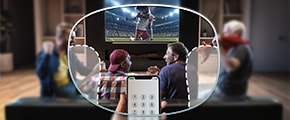
- Computer progressives (aka DualView BlueReflect™ Progressives) are great for near and intermediate vision with built-in BlueReflect™ blue light filtering lenses. These lenses lack distance correction (but are more comfortable if you spend a great deal of time on your computer), so when you look through them, objects will look blurry in the distance.

- Bifocals have two lens areas to correct for near and distance vision but lack intermediate vision. When you look through them, you may notice abrupt changes in vision and see a visible line at the reading portion.
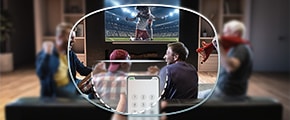
- Trifocals have three lens areas to correct for near, intermediate, and far vision with two visible lines that divide each refractive area.
Reading glasses
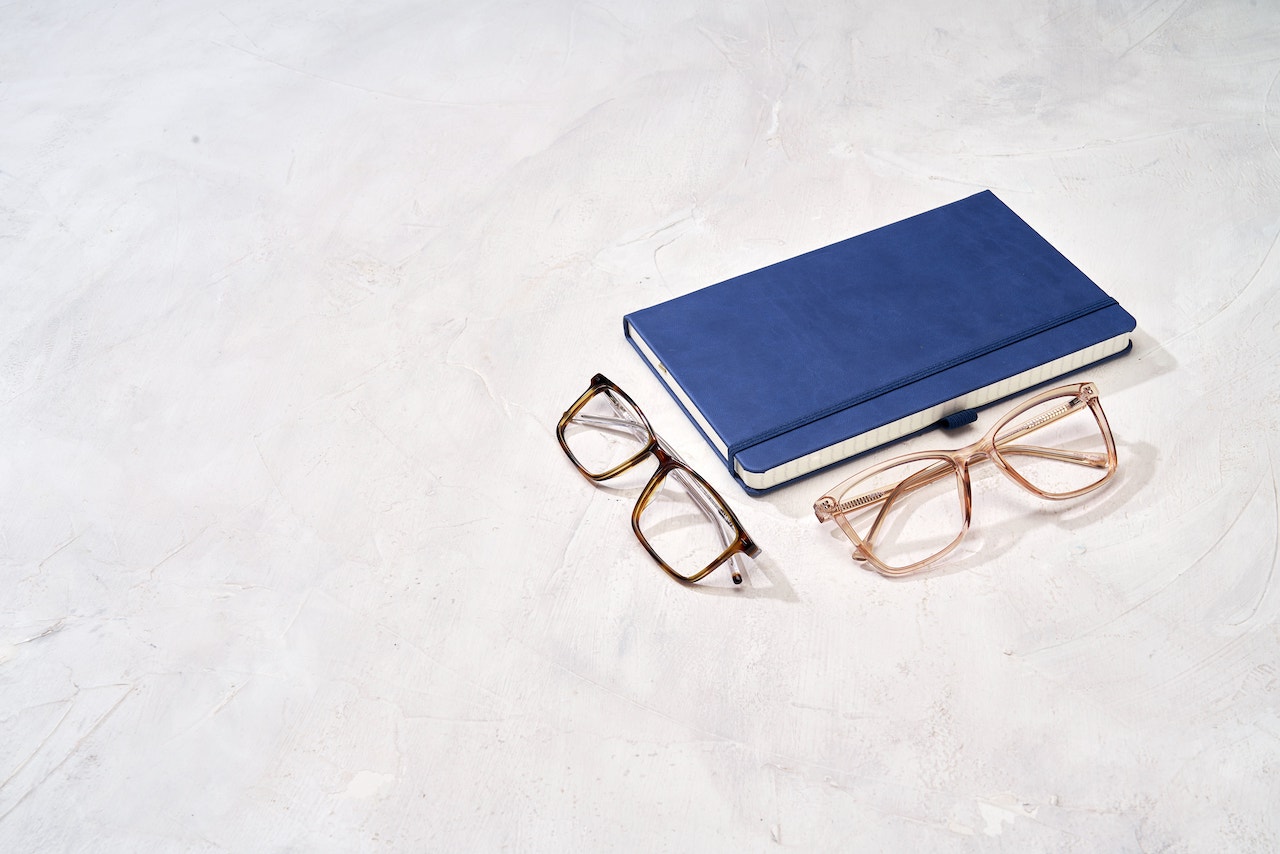
Reading glasses only correct for near vision, so you can spend more time reading, sewing, drawing, or enjoying other activities that mostly use near vision. They’re not suitable for you to walk around in them since they lack distance vision, you may feel disorientated.
If you’d like to wear readers, here’s everything you need to know about buying reading glasses online.
Multifocal contact lenses

Contact lenses are also a popular choice to correct presbyopia because they’re lightweight and discreet. If you have multiple prescriptions, multifocal contact lenses (aka progressive contact lenses) can help you see clearly at a range of distances in the same lens.
If you’d like to wear multifocal contacts, your optometrist can recommend the right contacts for you: whether you’d prefer to use them daily or longer (biweekly and monthly).
Refractive surgery

@designbecomeshim
Laser surgery can’t cure presbyopia but can achieve monovision. As the name implies, you’ll have clear far vision in one eye and near vision in the other eye. There’s another type of laser surgery that can achieve multifocal vision (meaning the same eye has a blend of distance and reading vision), but quality of vision is compromised to allow wider range of distances.
Corneal inlay is also a type of surgery to treat presbyopia but can’t guarantee you’ll be glasses-free. Your natural lens will be replaced with an artificial lens for near vision, and you may likely still need reading glasses after.
Glasses and contact lenses for presbyopia
Whichever treatment you choose, presbyopia shouldn’t hold you back from enjoying your hobbies, job, and routine. If you think you may have presbyopia, book an eye exam and get the best treatment options for you.
Contact lenses are a fun way to stay active and remain low-key. Shop multifocal contact lenses from top brands.
If you’re looking for glasses, explore the greatest and latest styles of progressive or reading glasses frames starting at $9 and add progressive lenses to make them a perfect solution for your daily vision needs!
Learn about your lens options in our Multifocal Lens Guide.
Read more:


